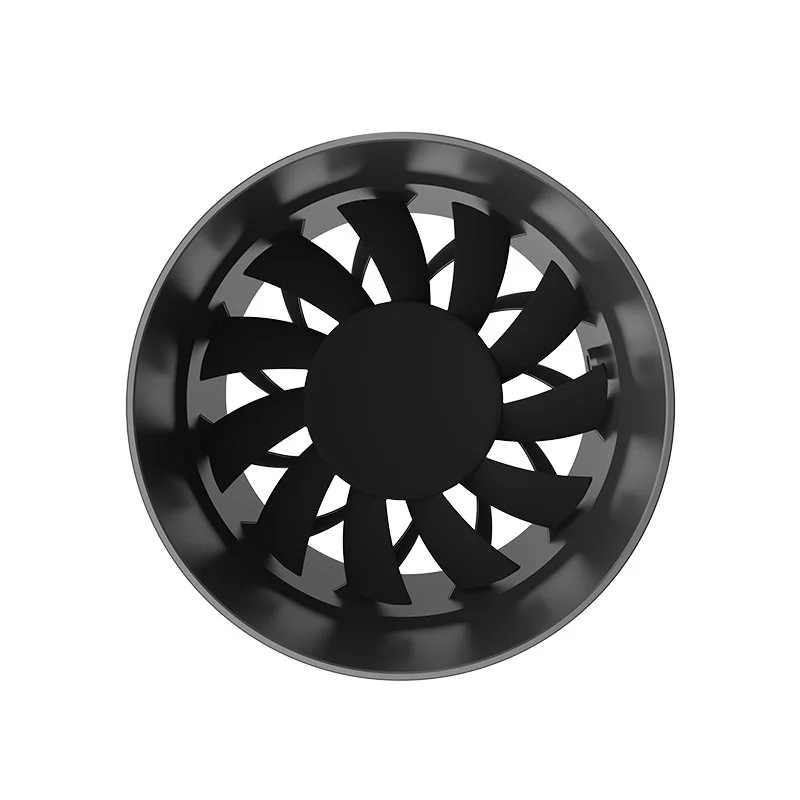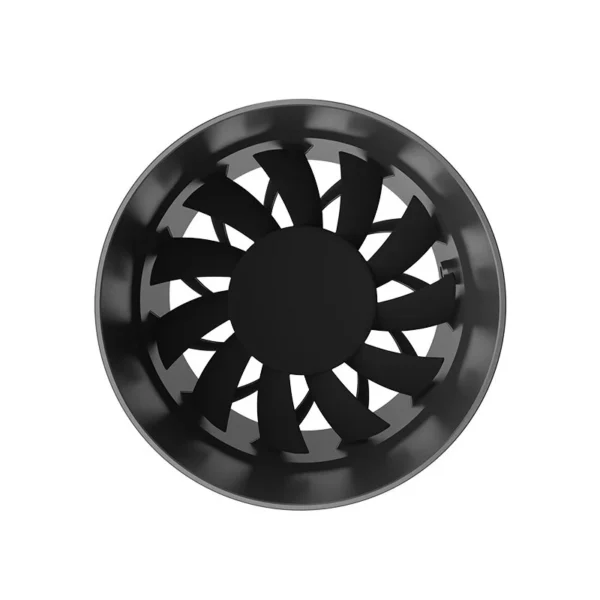
Fan Duct: The Ultimate Guide to Selection, Installation & Optimization
Introduction
A fan duct is a critical component in HVAC, industrial, and electronic cooling systems, designed to direct airflow efficiently. Whether for ventilation, cooling server racks, or factory exhaust systems, selecting the right fan duct improves performance and energy efficiency. This guide covers:
What is a fan duct?
Types of fan ducts
Key applications
Installation best practices
Maintenance tips
1. What Is a Fan Duct?
A fan duct (or fan ducting system) is a conduit that channels air from a fan to a target area. It ensures controlled airflow, minimizes turbulence, and enhances cooling/ventilation efficiency. Common materials include:
Flexible ducts (aluminum, PVC)
Rigid metal ducts (galvanized steel, stainless steel)
Plastic ducts (for lightweight applications)
Why It Matters: Proper ducting reduces energy waste and noise while maximizing airflow.
2. Types of Fan Ducts
2.1 Flexible Fan Ducts
Best for: Temporary setups, tight spaces
Pros: Lightweight, easy to install
Cons: Less durable than rigid ducts
2.2 Rigid Metal Ducts
Best for: Industrial HVAC, high-temperature environments
Pros: Long lifespan, fire-resistant
Cons: Harder to install, heavier
2.3 Spiral Ducts
Best for: High-velocity airflow (e.g., data centers)
Pros: Aerodynamic design, low noise
Cons: Higher cost
2.4 Insulated Ducts
Best for: Temperature-sensitive environments
Pros: Prevents condensation, energy-efficient
Cons: Bulkier, more expensive
3. Key Applications of Fan Ducts
HVAC Systems: Distribute heated/cooled air efficiently.
Industrial Ventilation: Remove fumes, dust, and heat.
Electronics Cooling: Server racks, gaming PCs, and telecom equipment.
Agricultural Use: Greenhouse ventilation, livestock cooling.
4. How to Choose the Right Fan Duct
4.1 Consider Airflow Requirements
Calculate CFM (Cubic Feet per Minute) needed for your space.
Match duct diameter to fan output (e.g., 4-inch duct for 100 CFM).
4.2 Material Selection
High temps? → Stainless steel or aluminum.
Corrosive environment? → PVC or coated ducts.
4.3 Size & Length
Shorter ducts = better airflow efficiency.
Avoid sharp bends (use 45° elbows instead of 90°).
4.4 Noise Reduction
Use spiral ducts or insulated ducts for quieter operation.
5. Installation & Maintenance Tips
5.1 Proper Installation
✔ Seal joints with aluminum tape (not duct tape!).
✔ Support long ducts with hangers to prevent sagging.
✔ Keep bends smooth to reduce airflow resistance.
5.2 Maintenance Checklist
Monthly: Inspect for leaks, dust buildup.
Annually: Clean ducts with a brush or compressed air.
Replace damaged sections to maintain efficiency.
6. Common Fan Duct Problems & Fixes
| Issue | Solution |
|---|---|
| Reduced airflow | Check for blockages, clean ducts |
| Noisy operation | Tighten loose fittings, add insulation |
| Condensation | Use insulated ducts, improve ventilation |
7. Fan Duct vs. Regular Duct: What’s the Difference?
While regular ducts passively channel air, fan ducts actively enhance airflow using integrated or external fans. Fan ducts are ideal for:
High-static pressure environments (e.g., long duct runs).
Spot cooling (e.g., electronics, machinery).
8. FAQs About Fan Ducts
Q: Can I use a fan duct for a PC cooling system?
A: Yes! Flexible aluminum ducts work well for directing airflow in gaming PCs.
Q: How long do fan ducts last?
A: Metal ducts last 10+ years; flexible ducts need replacement every 3–5 years.
Q: Do fan ducts save energy?
A: Properly sized ducts reduce fan workload, cutting energy use by up to 20%.
9. Conclusion
Choosing the right fan duct improves airflow efficiency, reduces noise, and extends equipment life. Whether for HVAC, industrial use, or electronics cooling, follow this guide to optimize your system.
Need Help? Contact our experts for a free consultation on fan duct solutions!

